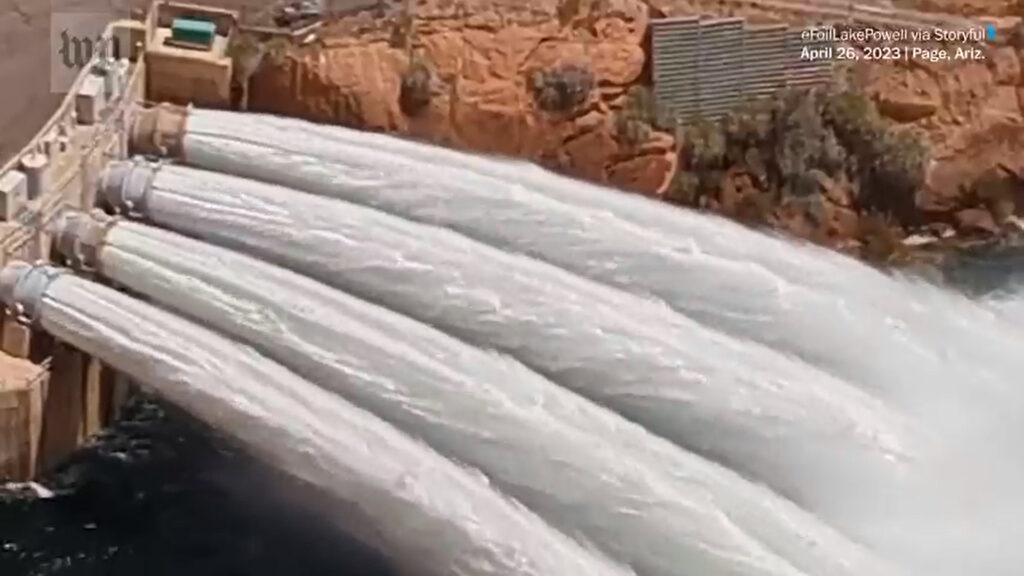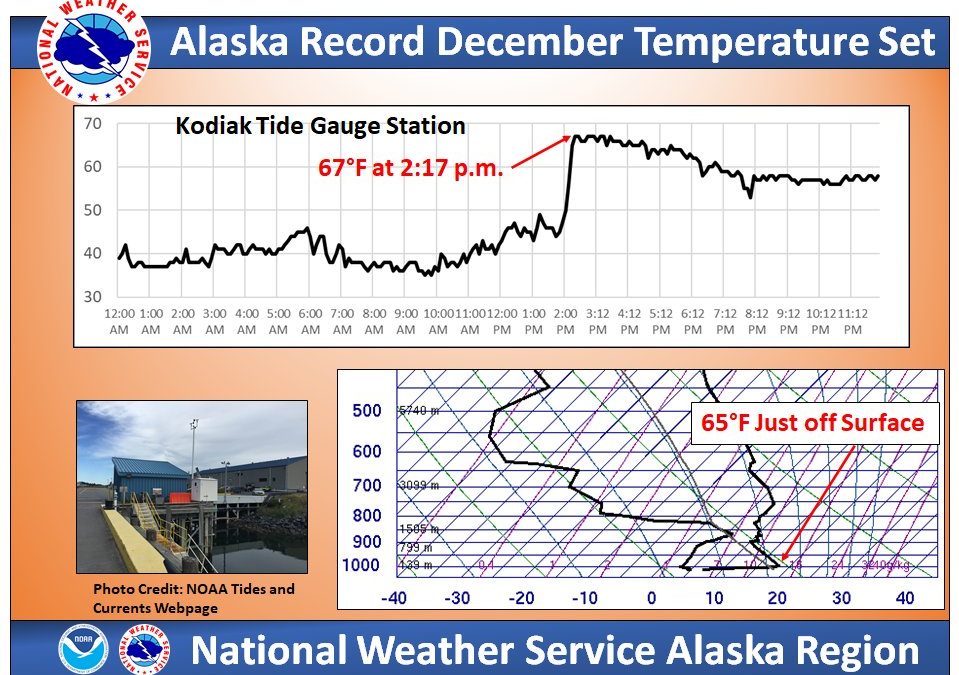Lake Powell is rising more than a foot a day, but megadrought’s effects will still be felt – “It’s maybe a year’s worth of breathing room. The crisis is still very real and very much in front of us.”

By Scott Dance
11 May 2023
(The Washington Post) – Weeks after the surface of Lake Powell sunk to an all-time low, the key Colorado River reservoir is rising more than a foot a day — on track to deepen by some 70 feet in the coming months. Spring flows into the lake are among the highest observed in its history.
That could mean long-stranded boat ramps regain water access this summer. Already, the bolstered water levels allowed for recent dam releases that sent rapids surging down the Grand Canyon for the first time in five years.
But whatever optimism the recent boost might create, it should not extend beyond this year, said Bart Leeflang, the Colorado River program manager for the Central Utah Water Conservancy District. Though snowpack that feeds the river is among the basin’s deepest in decades, one expert noted that it would take nearly a decade of wet years to refill Lake Powell.
River managers say difficult decisions remain about how to drastically cut water consumption from a source that serves 40 million people.
“It’s maybe a year’s worth of breathing room,” Leeflang said. “The crisis is still very real and very much in front of us.”
The upper Colorado River basin, which stretches from southern Wyoming to the Four Corners region, drains to Lake Powell along the Utah-Arizona border. But the lake, which has existed since the completion of Glen Canyon Dam in 1963, is in peril amid water overuse and a Southwestern megadrought that scientists say began in 2000 and is the worst to hit the region in 1,200 years.
A wet and snowy weather pattern for much of the West brought at least a brief reprieve this winter. In the upper river basin, snowpack peaked at more than 150 percent of normal. While that was not as dramatic as what accumulated in California’s Sierra Nevada after a winter of repeated storms, snowfall set records in some parts of southwestern Colorado.
The snow was slow to melt in early spring, with colder-than-normal temperatures and periods of mountain snow extending into late April. But early May warmth has triggered a surge of snowmelt. Temperatures rose into the 70s for several days early in the month in the mountains of western Colorado and eastern Utah.
After Lake Powell’s surface dropped to about 3,520 feet above sea level in mid-April, it has been largely rising. That accelerated to an increase of more than a foot per day over the past week, according to data from the federal Bureau of Reclamation, which owns and operates Glen Canyon Dam. The lake’s height reached about 3,533 feet above sea level on Tuesday.
And the lake is forecast to rise 70 to 71 feet, in all, by the fall. That allowed the bureau in late April to release torrents of water from Lake Powell downstream as part of an experiment exploring potential rehabilitation of river wildlife and ecosystems along the Grand Canyon.
The water flows into Lake Powell are substantial, but in context, are not reason for celebration, Leeflang said. The forecasted 70-foot rise translates to the lake’s stores of water increasing from about 20 percent of its capacity to 30 percent, he said.
“It’s not massive gains,” he said. [more]
Lake Powell is rising more than a foot a day. But megadrought’s effects will still be felt.


